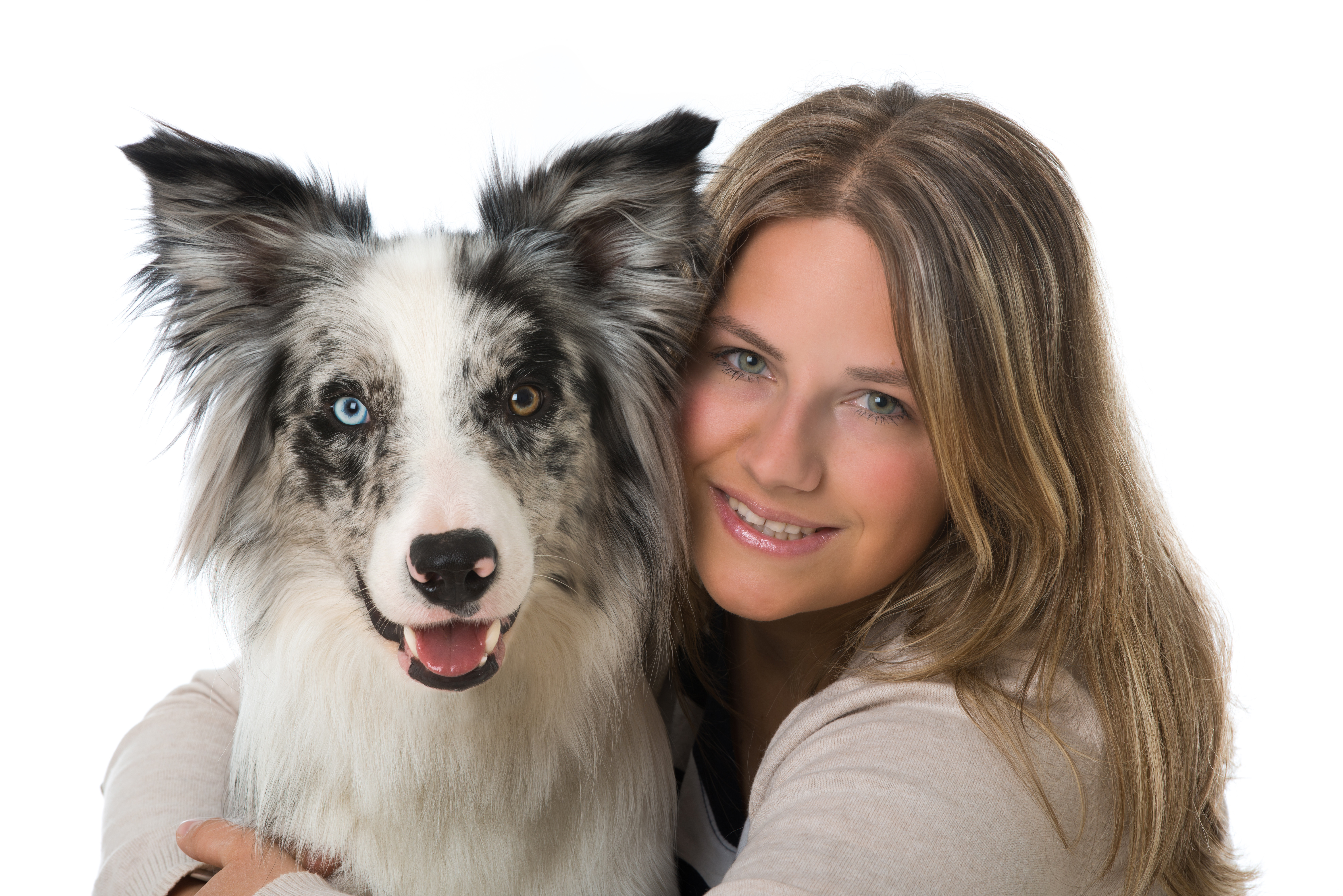Optic Nerve Coloboma is a classic example of a long and complex medical term that, when said to someone, usually that person will have no idea what it means other than that it has something to do with the nerves in the eye. This is why we here at IndulgeYourPet decided that we would take a moment and discuss precisely what optic nerve coloboma is so that if your veterinarian has recently told you that your dog has it, you might have a better understanding of what that means.
So, without further ado, let’s dive right in.
Optic Nerve Coloboma Defined
Optic Nerve coloboma is a congenital condition in which a puppy is born with either a poorly developed optic nerve or a completely missing optic nerve altogether! This is a big deal because the optic nerve transmits information from your dog’s eyes to his brain, allowing them to see the world. When parts of it are left out, it causes a “crater” in or near the optic disk, which could cause several vision problems. This cratered part is what is referred to as a “coloboma.”
Now if…
The “coloboma” is large enough your dog could be part of the 30% who have an optic nerve coloboma that causes vision problems. This is unfortunate; however, the flip side of this statement is that nearly 70% of dogs that do suffer from this condition will not experience any “significant” visual impairment, which is undoubtedly a positive!
Now you may be wondering…
“What causes an Optic Nerve Coloboma?”
This is a great question; however, other than this condition seems to be genetic, researchers don’t seem to know precisely why the genetic cause occurs. That said, however, there is evidence that appears to link this condition to CEA (Collie Eye Anomaly), a disease that results in many optical complications:
- Optic disk colobomas,
- Choroidal hypoplasias,
- And retinal dysplasia.
Some of the breeds who are most affected by CEA are Collies, whom 75% suffer from this disease, but it should be noted that the following species are also at risk:
- Border Collies,
- Rough-Coated Collies,
- Smooth-Coated Collies,
- Australian Shepherds,
- Shetland Sheepdogs.
Also, the Basenji dog is hereditarily predisposed to having CEA as well.
The good news is that…
CEA is an autosomal recessive trait, which means that only dogs that contain two copies of this recessive gene (one from the mother and one from the father) will develop CEA. This means avoiding adopting a dog with CEA is possible if you work with a breeder aware of this condition and “actively” breed to prevent producing this disease in their litter.
So, if you suspect…
If your Collie or other dog may have optic nerve coloboma, here are some of the symptoms to look out for:
- Any sign that your dog cannot see well, like…
- Running into things,
- Tripping or stumbling,
- Not being able to catch items well,
- Not being able to see you from specific locations relative to themselves,
It is important to note that after birth, your dog’s vision will not worsen because of an Optic Nerve Coloboma. This condition does not progress over time. So, if you know your dog has the situation now, you don’t need to worry about it spreading or worsening.
Diagnosis of Optic Nerve Coloboma
To definitively diagnose optic nerve coloboma in your dog, a veterinarian will likely want to observe the back of your loved one’s eye using a lens and look for any misshapen optic disks, which are usually located in the center of the bottom of the eye. While there isn’t a “cure” for this condition, it’s essential to make sure that you have a veterinarian confirm the diagnosis so that you can be sure that your dog isn’t suffering some other “type” of eye condition that could worsen or could be treated and improved.
Which brings us…
To the point of the article where we like to remind folks that we here at IndulgeYourPet are not medical professionals and are certainly not veterinarians. We are passionate about animals and want to help pet owners do what’s best for their loved ones. This is why we here at IndulgeYourPet highly recommend checking out a pet insurance policy for your pets because a straightforward accident could cause thousands of dollars of damage. This way, you won’t be liable for 100% of the cost required for treatment.
Now, will a pet insurance policy be suitable for everyone?
No, probably not. But until you fully understand what these policies “will” and “won’t” cover and how much these pet insurance policies cost, how will you know if one might be right for you?
For more information on who we feel currently offers the “Best” pet insurance policies, please check out our Best Pet Insurance Companies article.



